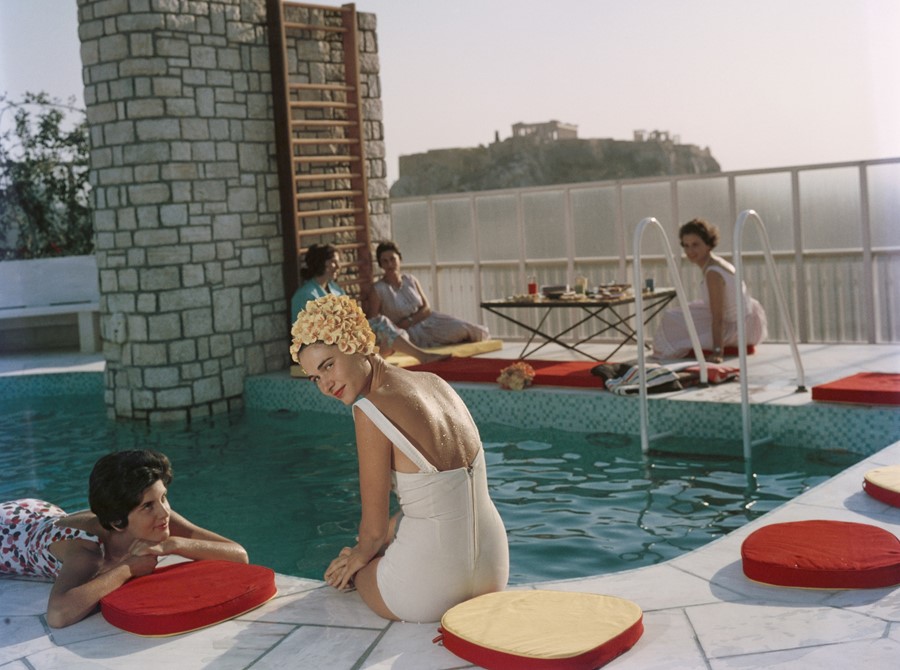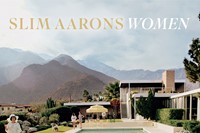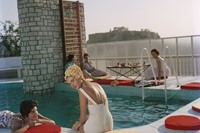Laura Hawk reflects upon the stories behind her new retrospective photobook 'Slim Aarons: Women', which spotlights the muses who inspired the acclaimed photographer during their years working together
When Laura Hawk first met prolific photographer Slim Aarons, she was working on a cattle ranch in Oklahoma. It couldn’t have been further from the world of the successful image-maker, who enjoyed lensing high profile stories for equally high profile titles such as Life, Town & Country and Holiday. “I was an outdoorsy kind of person and had no idea what I wanted to do.” Hawk recalls.
Yet Aarons took a chance on Hawk following an interview that her mother had arranged at her apartment. She would become his loyal “tuttofare” [or, maid of all work] – as he would refer to her role – and for a decade she travelled 400,000 miles with him to assist at shoots of “attractive people doing attractive things in attractive places,” as Aarons defined his work – also the premise for a new book on his portraits of women, published by Abrams and written and edited by Hawk.
Having endured the hardship of World War II, where he served as a combat photographer, “this was what he wanted to seek in his life and it became the underpinning for his photographic aspirations.” It was the women who inhabited these worlds, Hawk says, who became the cornerstone of every magazine story he shot.
The book brings together Aarons’ dazzling portraits of some of the world’s wealthiest and most famous women, from iconic early portraits, such as the 1955 poolside portrait of C.Z Guest to sumptuous colour shots of the likes of Britt Ekland, Princess Caroline of Monaco and Peggy Guggenheim – photographs of women of both immense beauty and social standing. They are images of another time, and another world – ostentatious, decadent and distant – yet as captivating today as ever.
Through Hawk’s compelling anecdotes and remarkable personal memories and insights, the photographs come to life – and a portrait of the complex and idiosyncratic photographer himself emerges. Below, Hawk muses on the insightful volume.
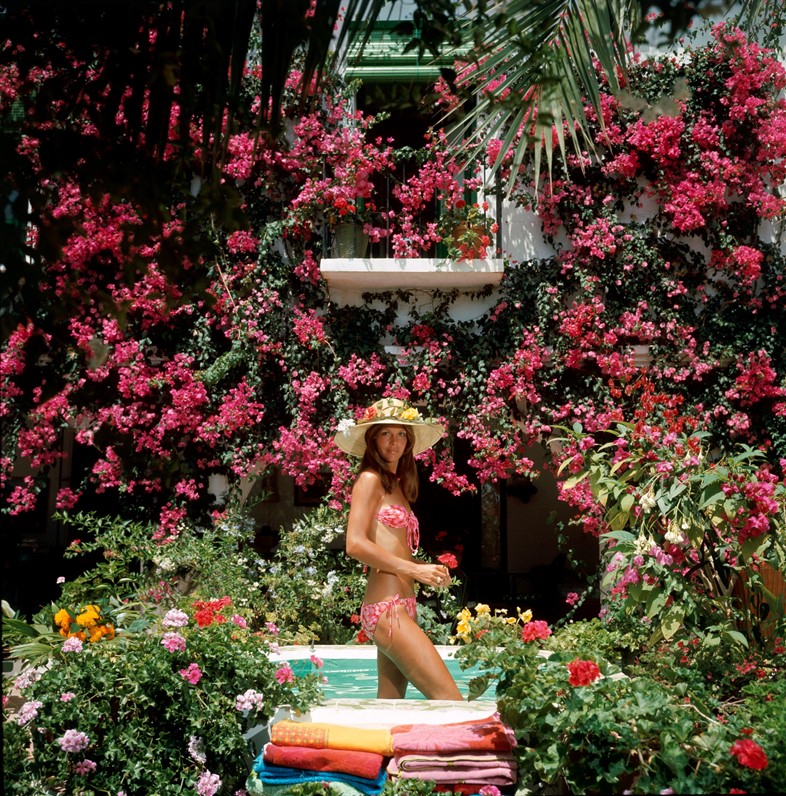
On what attracted him to the women he photographed…
“He loved women (and men) who had a great style and confidence. These two qualities in combination in a person were a great draw for him. Of course, a title and a fabulous chalet in the Swiss Alps helped as well… But he had a sixth sense for people who were put together in this way. I believe he knew that something in this combination of qualities would push through into a photograph.”
On how he captured women…
“He used almost no artificial lights at all, and he discouraged women from putting on a lot of make up for a shot, or from getting their hair done. He liked to photograph women just as they were when he met them. Very natural. He wanted the subjects he chose to photograph to look like themselves in their own settings.”
On how his subjects responded to his camera...
“Many, many of the people he photographed, particularly in the time I was working with him, were uber wealthy, important, royalty, or people of some kind of considerable distinction. These people in my observation were quite careful of the photos being taken of them. And the one thing this group of people never questioned in Slim, because of his long history, was whether he would take a flattering photo of them. Slim controlled his photos completely and never let an unflattering photo of anyone slip out of his grasp.”
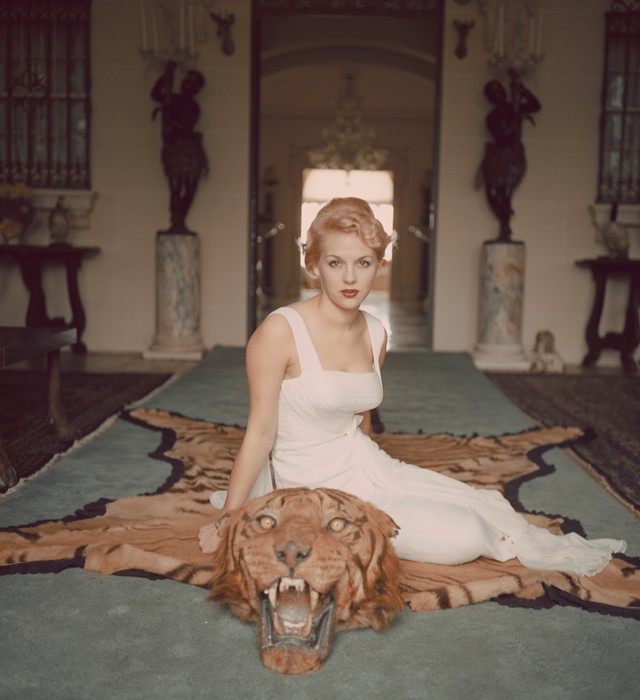
On the portrait of Countess Cristina de Caraman…
“She was among the first and certainly the most memorable as I was just starting out on the job: Countess Cristina de Caraman. We were doing a story in the Dominican Republic. We were at the villa of designer Oscar de la Renta and he had invited a few friends over for lunch, at Slim’s request. This was how he operated with people he’d known a long time, and de la Renta was one of these. As the guests lunched and swam, Slim would photograph each of them in various beautiful corners of the host’s home. De Caraman and Slim had known one another since she was a schoolgirl at Le Rosey in Switzerland, and every time they ran into one another over the years, Slim would photograph her. I could see immediately that there was a great deal of affection and trust between them.”
On her favourite photographs in the book…
“There are so many. Of the shoots I was present at, I dearly love the photo of Laura Cibrario in Naples. She was so young and unsure of herself being photographed in such a grown-up way.
I was also at the shoot of Carmen Veiga, below Laura’s photo – that was a real trip because Carmen was a force of nature and she and Slim had known each other for years. It was early on in my tenure with Slim and I probably appeared saucer-eyed from observing their interactions and banter! And as for the photos that sort of sum it all up – Slim’s work and the people he shot – on page 221, Nancy Borland in Pebble Beach, CA. Oh my goodness, what a shot of the inner sanctum. And the thing that kills me in this shot is the needlepoint pillow: money doesn’t speak, it goes without saying.”
On the women he photographed…
“As I was working on the book, I often realized that this was my final word to Slim – not in any mean way, or as a comeuppance – but rather to say ‘see, look at these amazing women you shot’. It was easy for him to admire the princesses or the famous actresses, but he usually didn’t take time to get to know his subjects and this book was my way of telling him that they weren’t just objects of beauty.”
